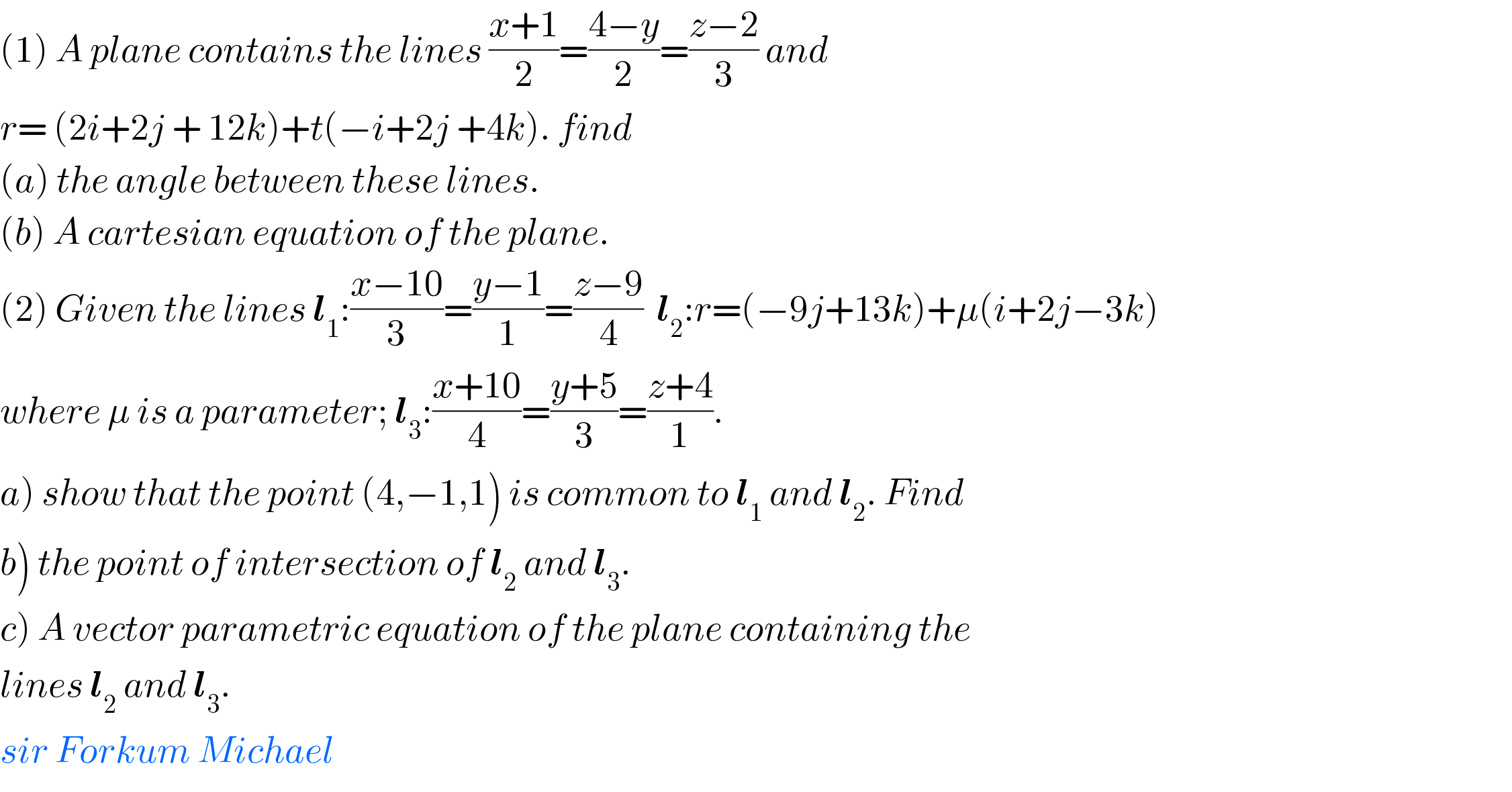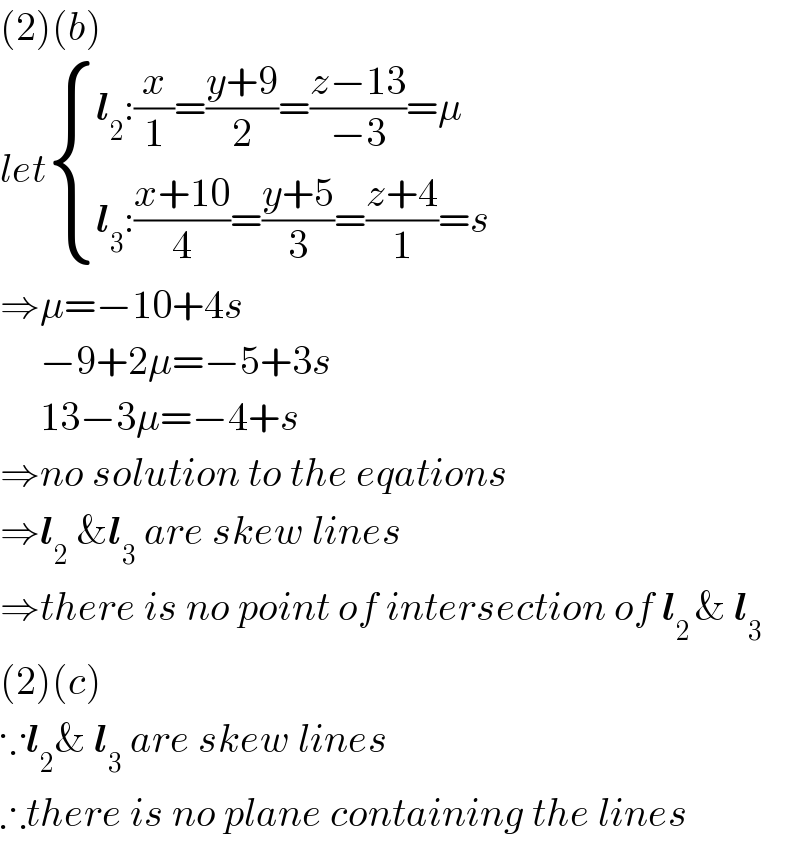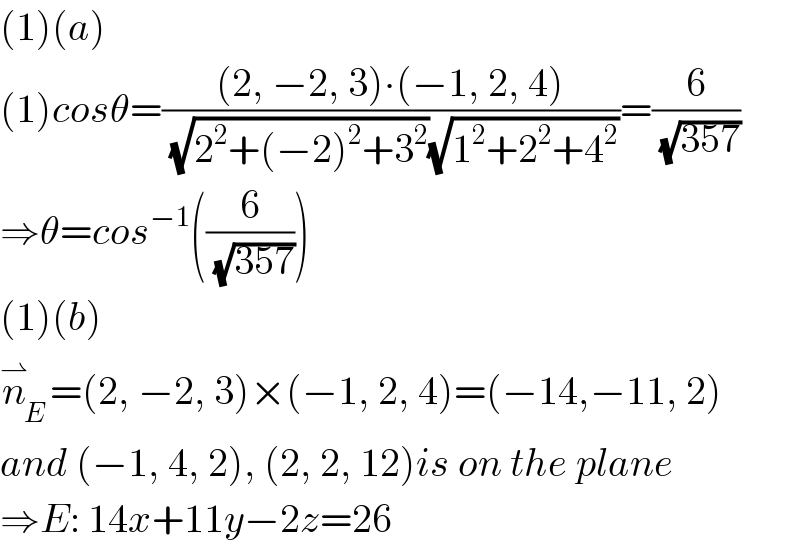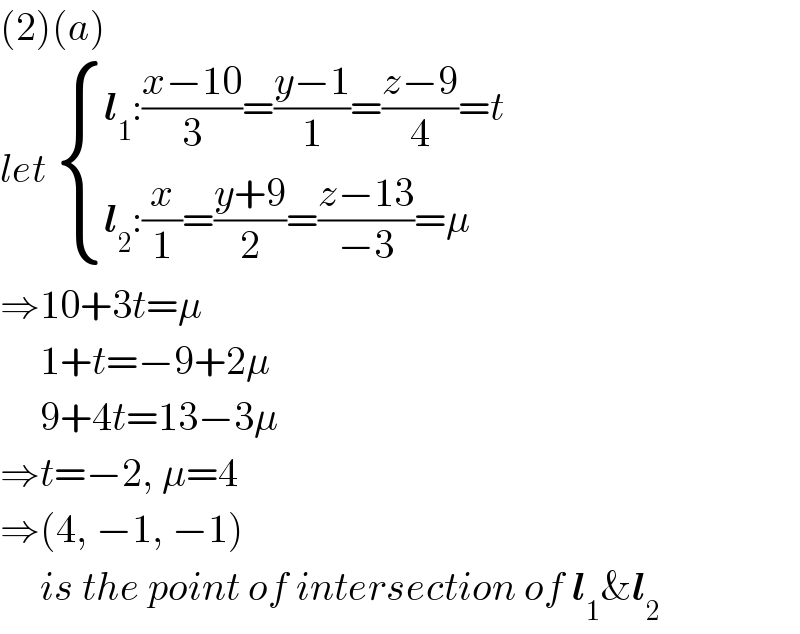Question Number 63427 by Rio Michael last updated on 04/Jul/19

Commented by Tony Lin last updated on 04/Jul/19

Commented by Tony Lin last updated on 04/Jul/19

Commented by Tony Lin last updated on 04/Jul/19

Commented by Rio Michael last updated on 04/Jul/19

